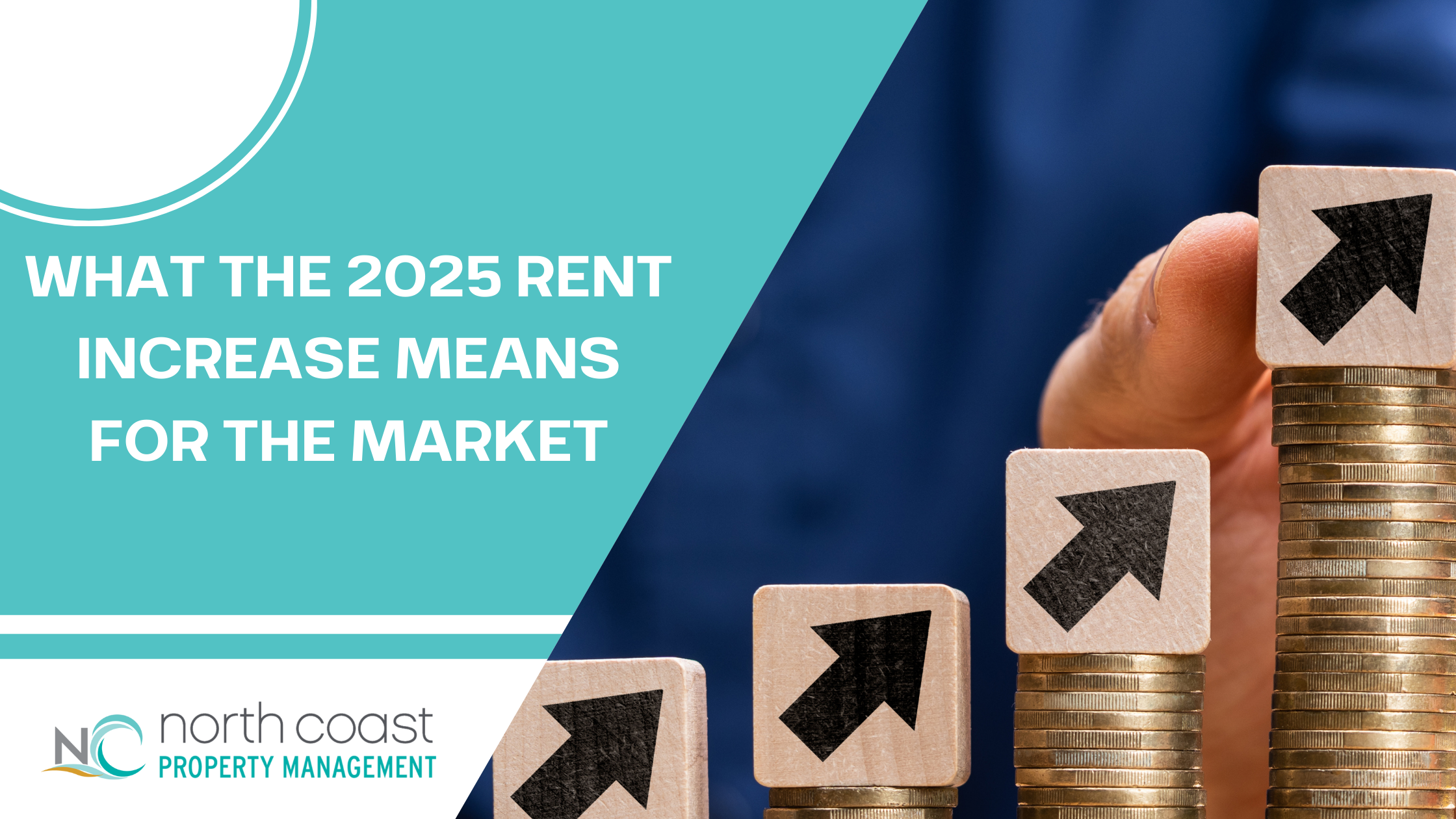Oregon’s rent control laws will allow for a 10% rent increase in 2025, marking a significant moment for both tenants and landlords. This change comes amidst rising inflation and housing shortages, prompting questions about its impact on the rental market. While the increase helps landlords offset rising maintenance costs, it may challenge tenants already facing affordability concerns. We’ll explore how this shift will affect supply and demand, tenant retention, property investments, and whether rent control is truly a long-term solution for Oregon's housing crisis.
Supply and Demand: Navigating Market Shifts
The 10% cap aims to balance tenant protection with the financial needs of landlords, but what does this mean for the overall supply of rental units? Some experts argue that rent control can reduce housing availability by discouraging new property investments. However, in Oregon’s case, the market has already faced tight supply due to zoning restrictions and slow construction. With landlords having a slight boost in income through increased rents, this could help maintain existing properties or even spark moderate growth in new developments, but affordability will remain a concern.
Tenant Retention in a Competitive Market
As rent increases take effect, landlords will need to be mindful of tenant retention. With a 10% allowable increase, many tenants could feel the financial pinch, especially in cities where rental rates are already high. The key for landlords will be to communicate these changes early and offer additional value to justify the higher costs. Enhancing amenities or offering flexible payment plans could help retain tenants who might otherwise look for more affordable options, helping to balance the effects of the increase.
The Impact on Property Investments
Investors have long debated the merits of rent control, often fearing it stifles profits. While the 10% increase offers more room for rent growth, Oregon’s strict limits may still deter some larger property investors. On the other hand, local property owners could see this as a way to gradually raise rents in a market where inflation and cost of living are driving expenses higher. Those planning long-term investments will have to carefully navigate the balance between making properties profitable and maintaining compliance with evolving regulations.
Will Rent Control Remain a Viable Long-Term Solution?
The rent control policy was introduced to protect tenants from soaring rental costs, but its long-term viability remains under debate. While the 10% increase may provide short-term relief for landlords, critics argue that rent control doesn’t address the root causes of housing shortages. Zoning reforms, affordable housing initiatives, and new developments may offer better long-term solutions to ensure both supply and affordability. As Oregon faces ongoing housing challenges, it remains to be seen if rent control will evolve or be supplemented by other measures to address the state’s growing housing crisis.
A Balancing Act for Oregon’s Rental Market
The 2025 rent increase will have far-reaching effects on Oregon’s rental market, from tenant affordability to investor confidence. While the 10% cap provides landlords with some financial breathing room, it also places pressure on tenants, many of whom are already struggling with high living costs. Moving forward, a balance between rent regulation, market incentives, and housing policy will be crucial to addressing Oregon’s housing needs effectively.
Find out more about rental news, managing rental properties, and find helpful advice on maintaining your rental investments with North Coast Rental.

